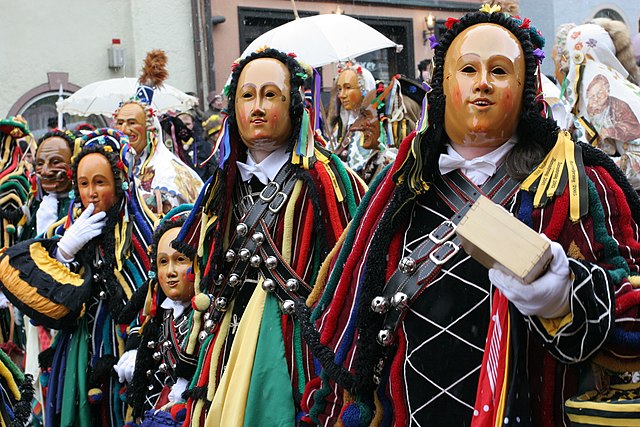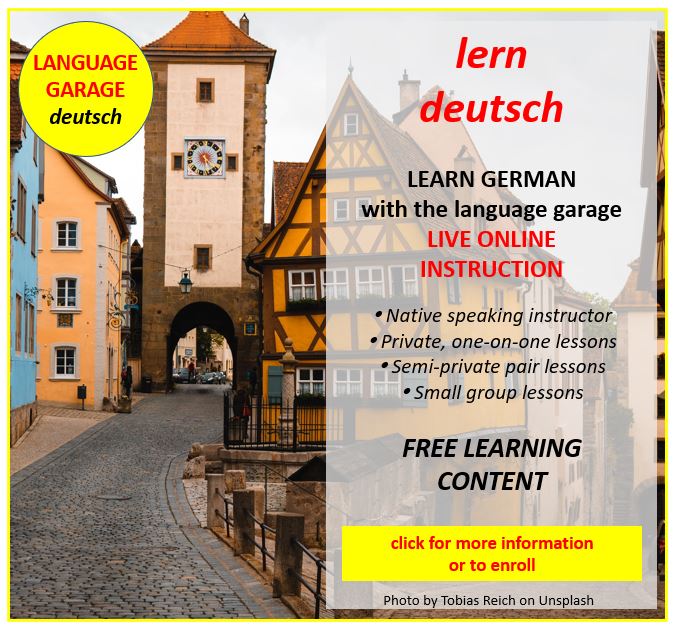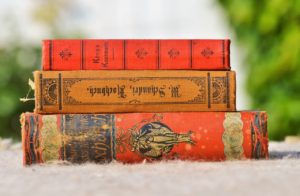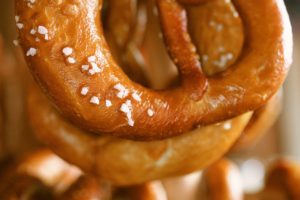Fasching, Fastnacht, Karneval: A Guide to Germany, Switzerland, and Austria’s Carnival Celebrations
Every year, just before the solemn season of Lent, Germany, Switzerland, and Austria erupt into a whirlwind of color, music, and festivity known as Fasching, Fastnacht, or Karneval. These celebrations, deeply rooted in both religious and secular traditions, mark a time of indulgence before the fasting period of Lent begins. Although the terms and customs vary across regions, they all share a common spirit of revelry, costumes, parades, and delicious treats.
Fasching, Fastnacht, Karneval: What’s the Difference?
These three German words all refer to the same pre-Lenten celebration, which you may know as Carnival or Mardi Gras. Karneval is the typical term used in Northwestern German, and in pockets of eastern Germany that border Poland and Czechia. Fasching is the term used in a swath of Germany running from the northeast down into Bavaria. It’s also the preferred term in Austria. Fastnacht is used in parts of Swabia and Switzerland. Other terms you may hear are Fasenacht, Fasnet, Fasam, Fastlovend, and Fasteleer. The words vary by region, but each region (and therefore term) is associated with different types of celebrations.
Origins and Significance of the Holiday
The origins of Fasching, Fastnacht, or Karneval date back to pre-Christian times when pagan populations held winter festivals to drive out evil spirits and welcome spring. With the spread of Christianity, these celebrations merged with the Church calendar, becoming a time of merrymaking before the austerity of Lent.
The festivities are especially grand in Catholic regions. They serve as a last opportunity for feasting and excess before the Lenten period of die Fastenzeit (fasting). Over the centuries, the carnival developed into a time for satire and role reversal, where people could temporarily escape the rigid structures of society. Even today, political satire is a significant aspect of carnival parades in Germany and Austria.
Regional Differences: Fasching, Fastnacht, and Karneval
Germany
Germany is home to some of the largest Karneval celebrations, particularly in the Rhineland region. The cities of Cologne (Köln), Düsseldorf, and Mainz host grand parades, street parties, and costume balls. The official start of Karneval is on November 11th at 11:11 AM, but the peak of festivities occurs in the days leading up to Aschermittwoch (Ash Wednesday).
Rosenmontag (Rose Monday), just before Ash Wednesday is the most important day of the celebrations. The day features Rosenmontagszüge (Rose Monday parades), which wind through the city streets. Participants are dressed in extravagant costumes, and they throw Karmelle (sweets) and Strüßjer (small toys). The Wagen (floats) of the parade are decorated with humorous or political themes, often with caricatures and emphasis on social issues. Spectators shout regional carnival greetings like “Alaaf!” (Cologne) or “Helau!” (Düsseldorf and Mainz) to celebrate the festivities. Street parties continue with music, dancing, and public revelry throughout the day and night.
In southern Germany, particularly Bavaria and parts of Austria, the term Fasching is used instead of Karneval. The celebrations in München (Munich) include parades, Maskenbälle (masked balls), and traditional dances.
Meanwhile, in Swabia and Baden-Württemberg, the event is called Fastnacht or Schwäbisch-Alemannische Fastnacht. Here, the traditions lean more towards the medieval, with Holzmasken (carved wooden masks), witch costumes, and loud processions aimed at scaring away winter spirits.
Switzerland
Switzerland’s version, called Fasnacht, is most famous in Basel. The Basel Fasnacht begins a bit later than its German and Austrian counterparts, starting on the Monday after Ash Wednesday and lasting exactly 72 hours. This Fasnacht is known for its unique Morgenstreich, where, at 4:00 AM, all streetlights in Basel are turned off, and colorful Laternen (lanterns) illuminate the night as masked participants parade through the streets.
Lucerne and other parts of Switzerland also celebrate Fasnacht with elaborate parades, Guggenmusik (brass bands playing chaotic, offbeat music), and whimsical masks and costumes.
Austria
In Austria, Fasching is widely celebrated, especially in Vienna, where elegant Bälle (balls) are a major highlight. The Opernball in Vienna’s State Opera is one of the most prestigious events of the season. Additionally, smaller towns hold lively parades featuring Narren (jesters), Hexen (witches), and Hanswurst (a foolish stock character from German speaking traditions). These characters all entertain crowds with humorous skits and performances.
Food and Drink
No Fasching, Fastnacht, or Karneval celebration is complete without traditional foods! Some popular treats include:
- Krapfen – A type of jam-filled doughnut, especially popular in Austria and Bavaria.
- Berliner – A similar jam-filled pastry, common in northern Germany.
- Fasnachtsküchle – Fried dough treats found in Swabian Fastnacht.
- Chnüblätz – A Swiss Fasnacht cookie.
- Mutzenmandeln – Almond-flavored fried dough, typical of the Rhineland Karneval.
- Glühwein – Mulled wine, often enjoyed during street celebrations.
Whether people call it Fasching, Fastnacht, or Karneval, this vibrant and historic festival is one of the most exciting times of the year in Germany, Switzerland, and Austria. From grand parades to satirical performances, delicious treats to lively music, the carnival season is a time of joy, indulgence, and tradition. So don your mask, grab a Krapfen, and join the festivities—Helau! and Alaaf!
Get on the road to speaking German with the Language Garage!
We hope you’ve enjoyed learning about Fasching, Fastnacht, or Karneval in Germany, Switzerland, and Austria. If you’d like to learn more:
- Follow us on Facebook, LinkedIn, BlueSky, Twitter, Threads, Instagram, or Pinterest. We publish lots of German vocabulary, grammar, and culture notes, so it’s a great way to pick up some new vocabulary and practice.
- Check out our other posts on German language, culture, and more.
- Enroll in affordable, flexible, and personalized private online German lessons or sign up for a small group online German class.
- Create a free Language Garage account to access tons of German vocabulary, grammar, and culture.
Image Source Wikimedia Commons






